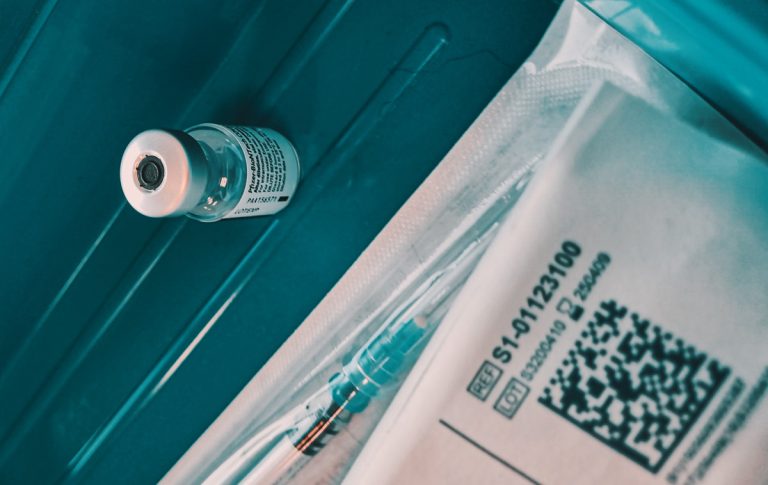‘Vaxxies’: vaccine selfies sweep the internet in hopes of curbing anti-vaxxer misinformation
Social media is a great advertising tool. It hits us up with new trends and challenges—in turn triggering our ‘fear of missing out’ to persuade us to jump on the bandwagon. Social media’s latest trend involves posting ‘vaxxies’ or ‘vaccination selfies’ in hopes of curbing anti-vaxxer misinformation while encouraging those on the fence about getting vaccinated.
Alexandria Ocasio-Cortez was one of the pioneers of the trend as she filmed her vaccination, broadcasting it on Instagram Live and asking followers to send in questions. “Just like wearing a mask, I would never advise you to do something I wasn’t willing to do myself,” she wrote. Last week, Dolly Parton shared a picture of herself getting the vaccination she helped fund. Captioned “Dolly gets a dose of her own medicine,” the 75-year-old country superstar kick-started a cold-shoulder trend, encouraging many to dress strategically for their jab.
With vaccination sites like Javits Center setting up dedicated booths for post-vaccine selfies, it seems like the trend has finally come full-circle. “People being vaccinated are allowed to take selfies of themselves,” clarified a FEMA press person at Brooklyn’s Medgar Evers College to Curbed, stating the need to seek permission before posting only if a health-care worker was in the frame. At other city-run vaccination sites in New York, staffers hand out equivalents of the “I voted” stickers which read: “I got vaccinated at Citi Field.”
Decked in face masks, shields and rolled-up sleeves, vaxxies are backed by one strong message: vaccines are worth the shot! With anti-vaxxer misinformation rampant on the internet, some users post these selfies with the aim of convincing more anti-vaxxers to ‘change sides’. Others share the moment to signal the dawn of normalcy after a long, hard year with COVID-19.
According to the latest survey by Pew Research Center, 69 per cent of the US public intends to get vaccinated or already has. These numbers are up significantly from 60 per cent who said they planned to get vaccinated in November 2020. With an estimated vaccination level of 50 to 80 per cent of the population to reach the herd immunity threshold, vaccination selfies are believed to work towards a greater societal good.
However, this concept has its fair share of criticisms and downsides. For example, the practice of posting vaccine selfies is considered to be ‘bad form’, given both the number of people who have died from COVID-19 and the fact that the distribution of the vaccine is wildly unequal. Including vaccination cards in these selfies also exposes the user to various scams and identity theft. Scammers can figure out most digits of your social security number with key information like date and place of birth featured on the card. They can open new accounts, claim tax refunds and engage in other identity theft with the information.
Vaxxies are further said to provoke frustration and major FOMO, which can become problematic. Comments along the lines of ‘Good for you!’ and ‘So happy for you!’ are common variants of vaccine FOMO as followers who haven’t been vaccinated yet envy those of their age who have. This builds a highly-debated social media tension, in turn encouraging vaccine vultures who stalk vaccination sites for leftover doses to jump on the trend themselves.
Despite vaccine selfies’ ‘narcissistic’ status, photography of inoculations has had a long history of positive public-health messaging. In 1956, Elvis Presley was photographed receiving the polio vaccine—renewing public enthusiasm especially among teenagers who were at the highest risk yet reluctant to get the shot. CDC further believes it to be a declaration of hope—listing “making your decision to get vaccinated visible and celebrating it” as one of the six ways to help build vaccine confidence.
And as Yoo Jung Kim, MD sums up the trend for Psychology Today: “If a picture is worth a thousand words, then the thousands of vaccination photos amplifies the same basic message: We’re on the front lines, we’re getting the novel vaccination to protect ourselves, our loved ones, and our patients—will you?”





